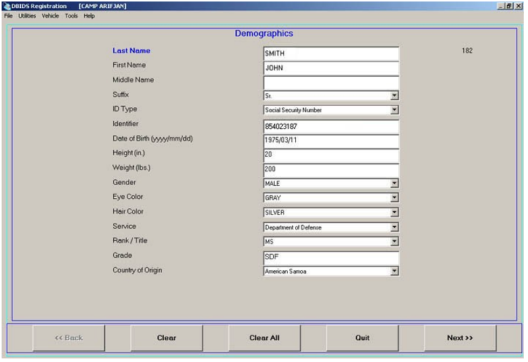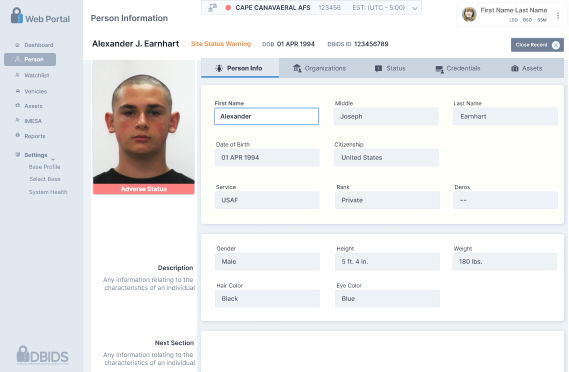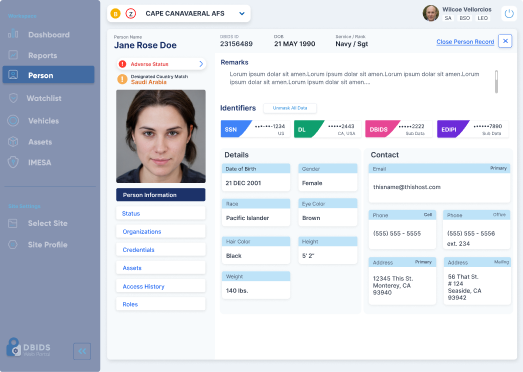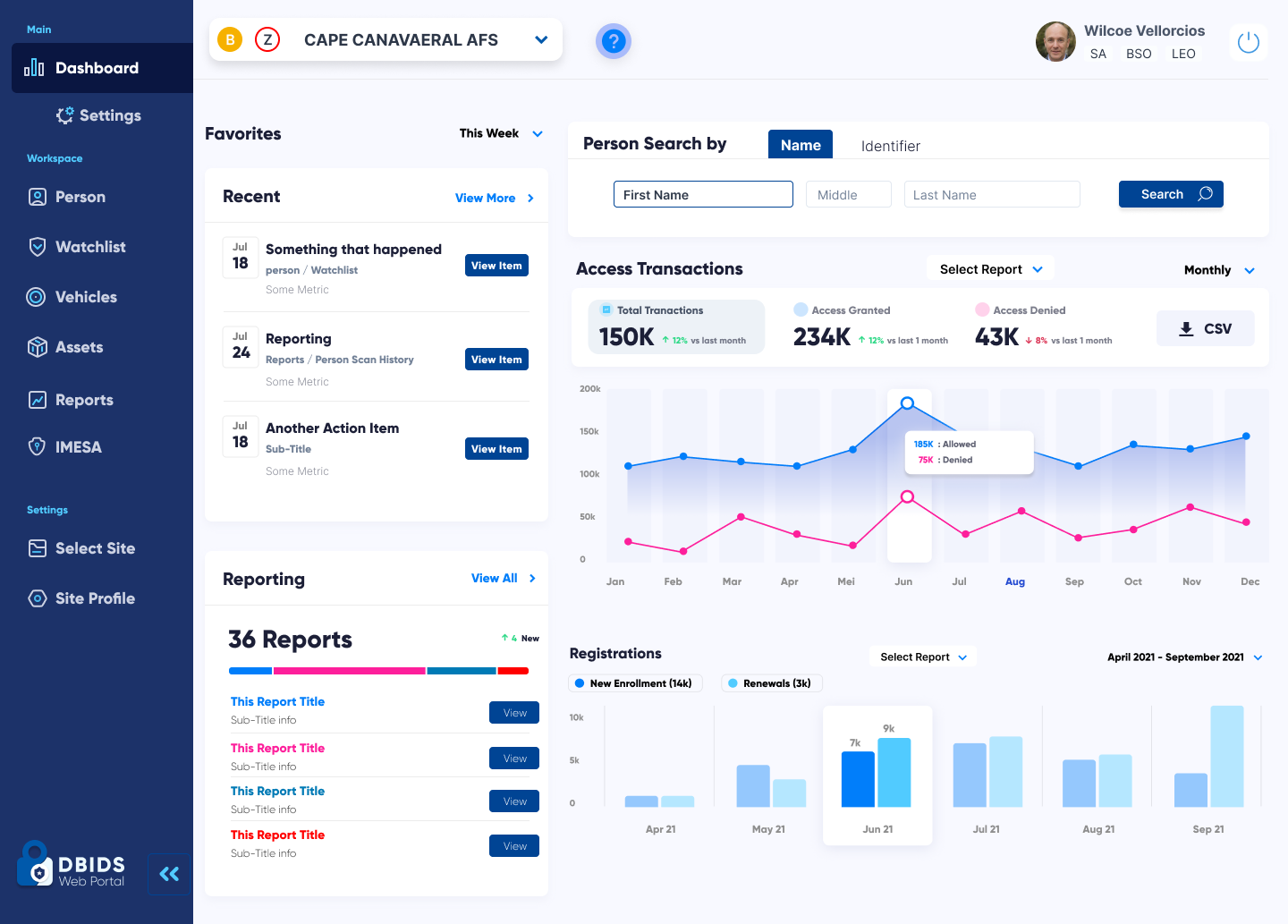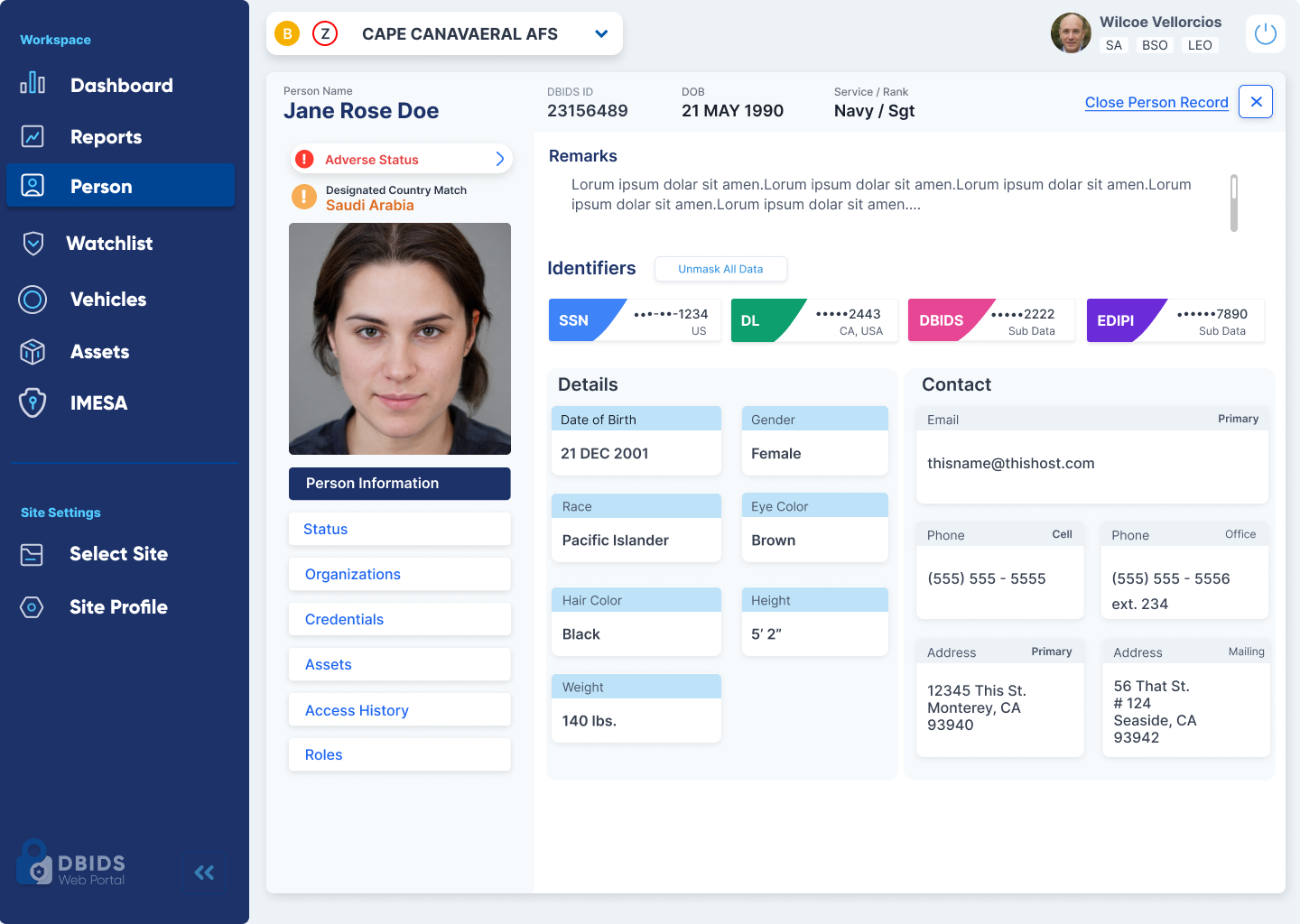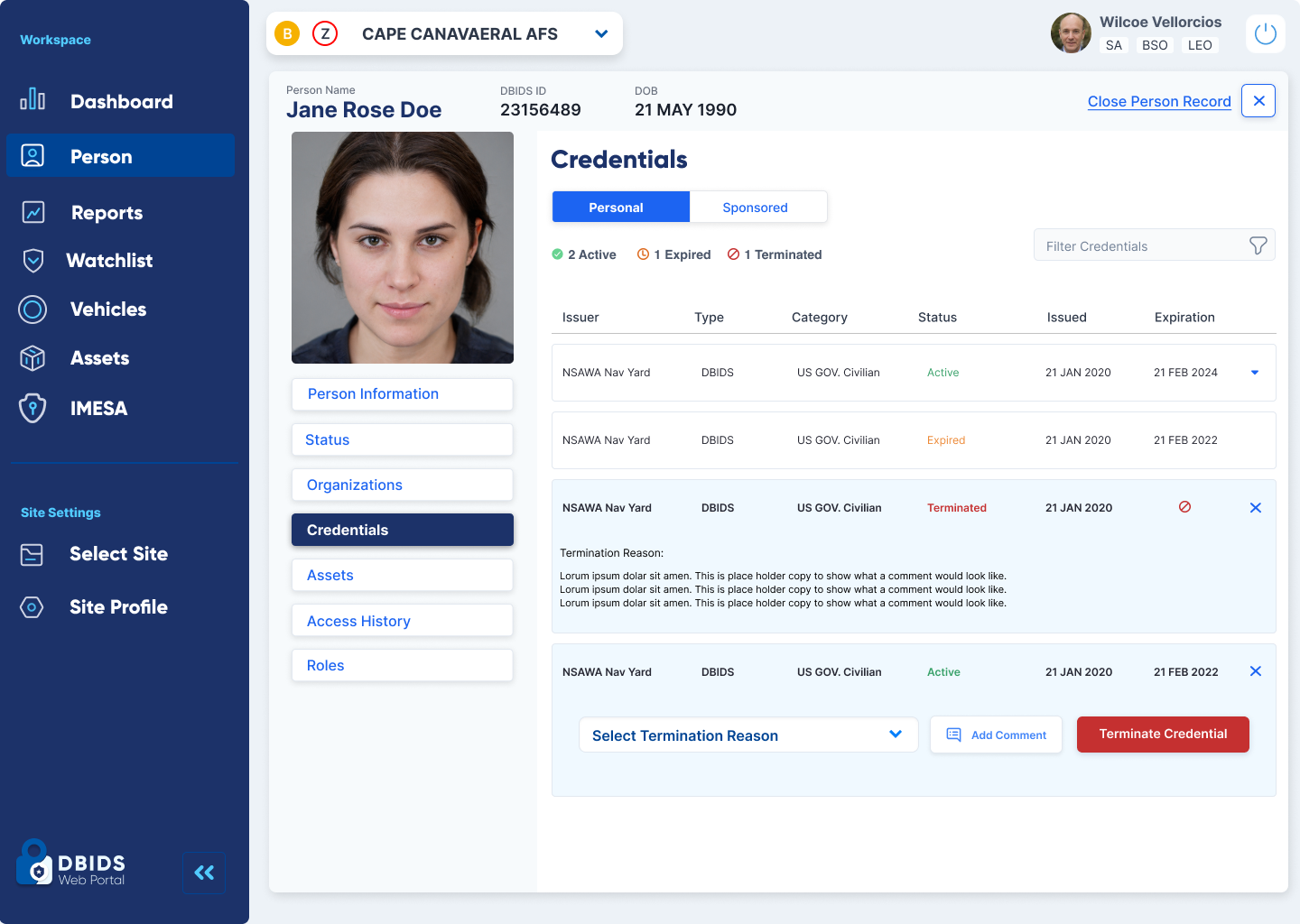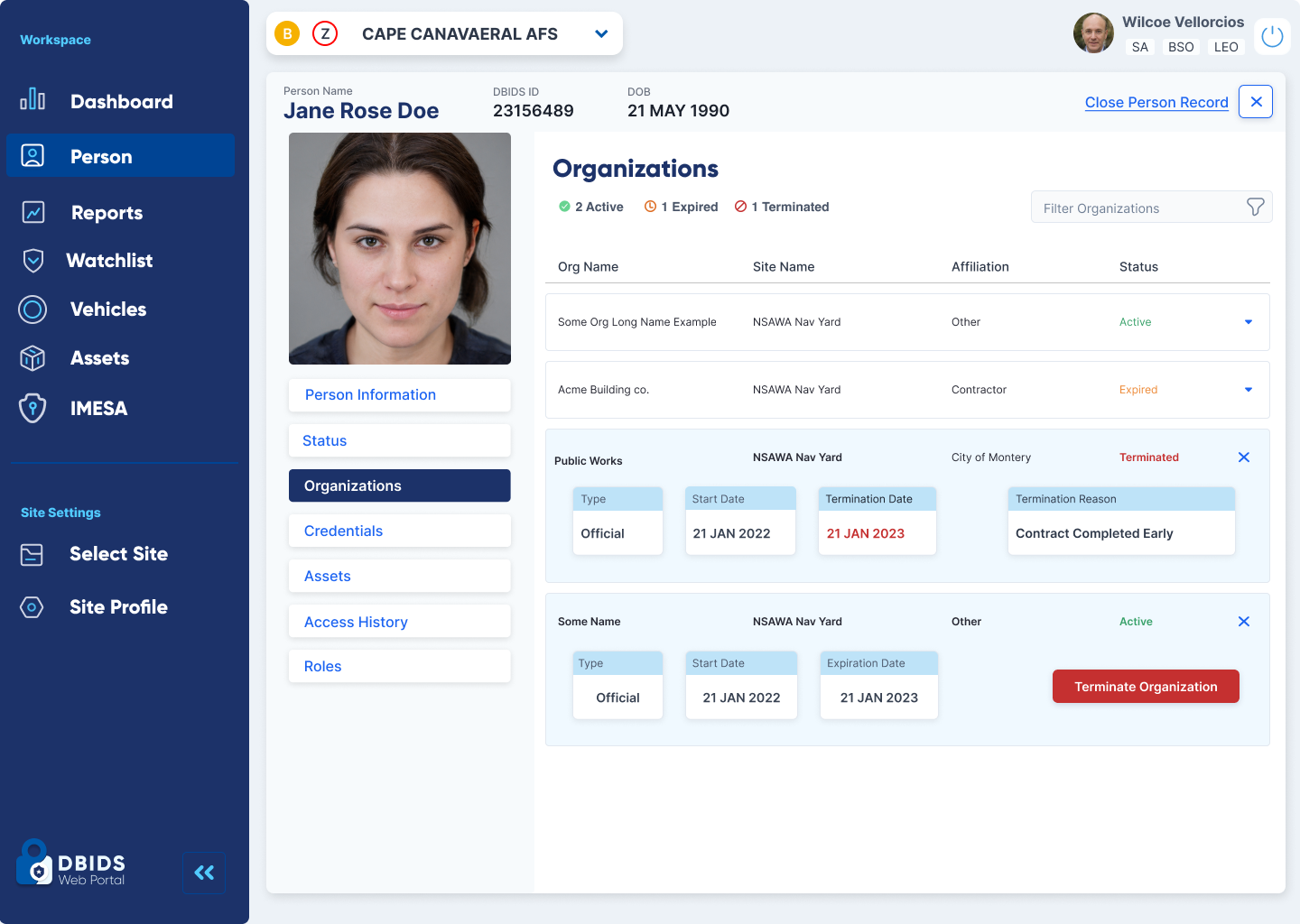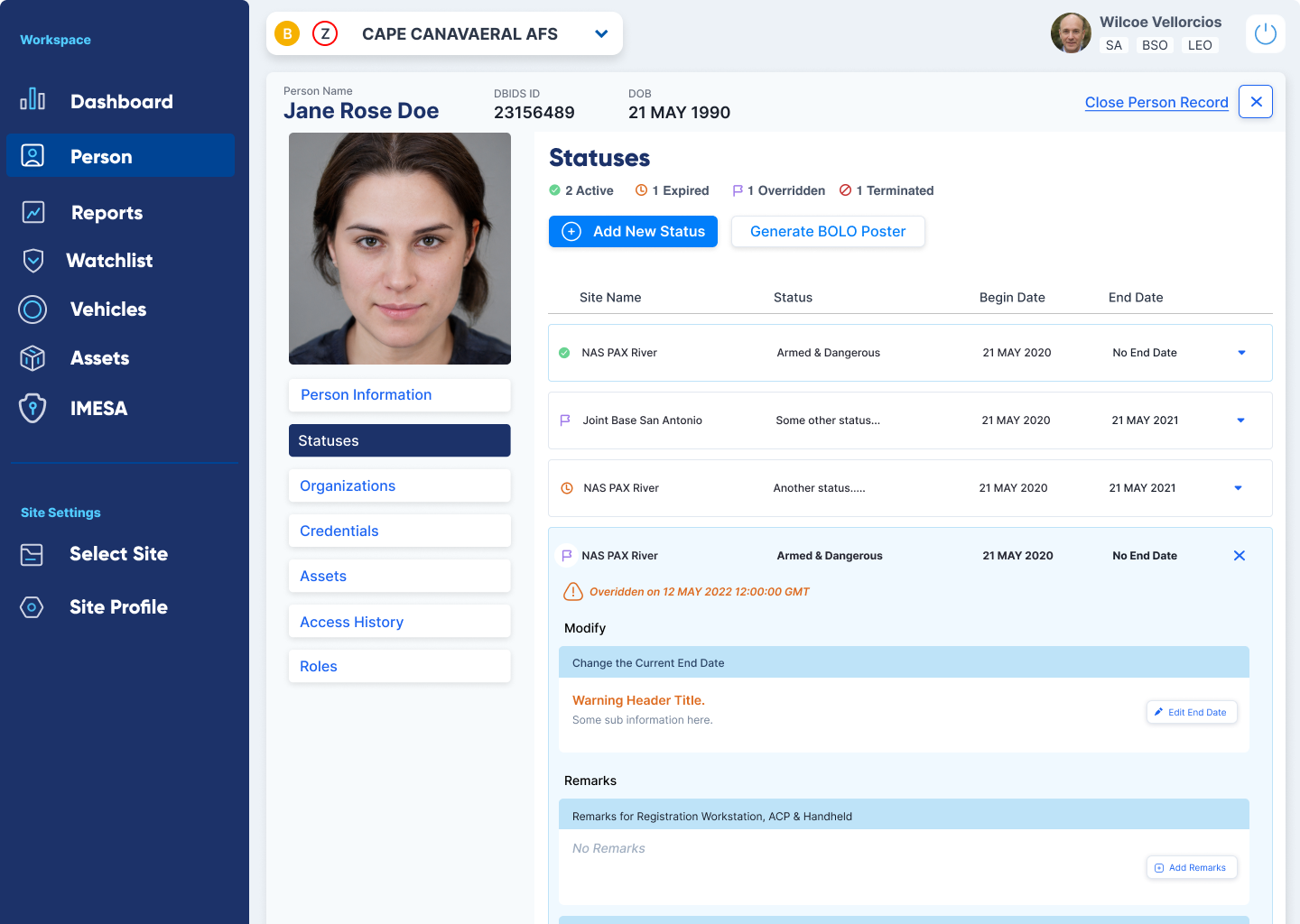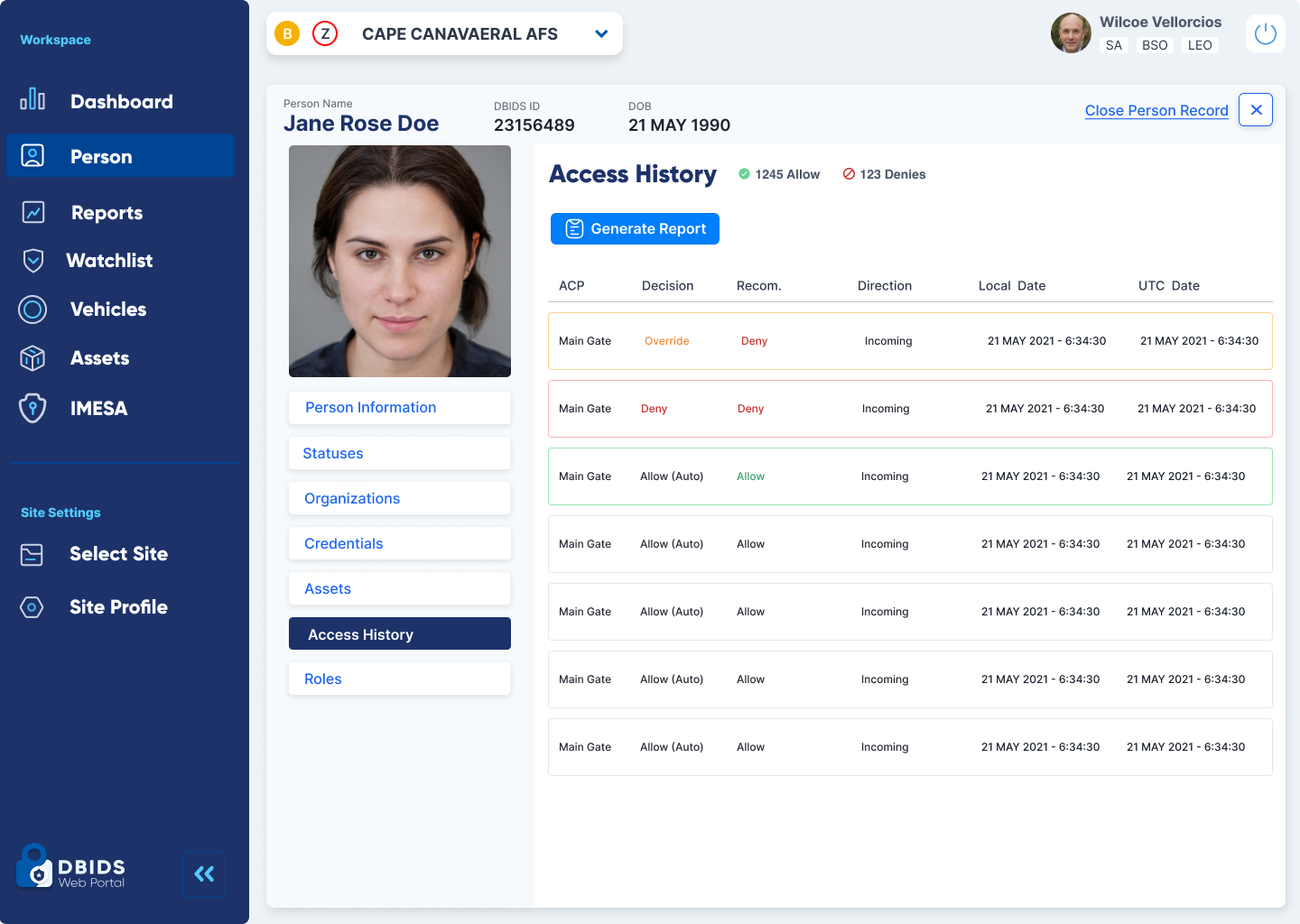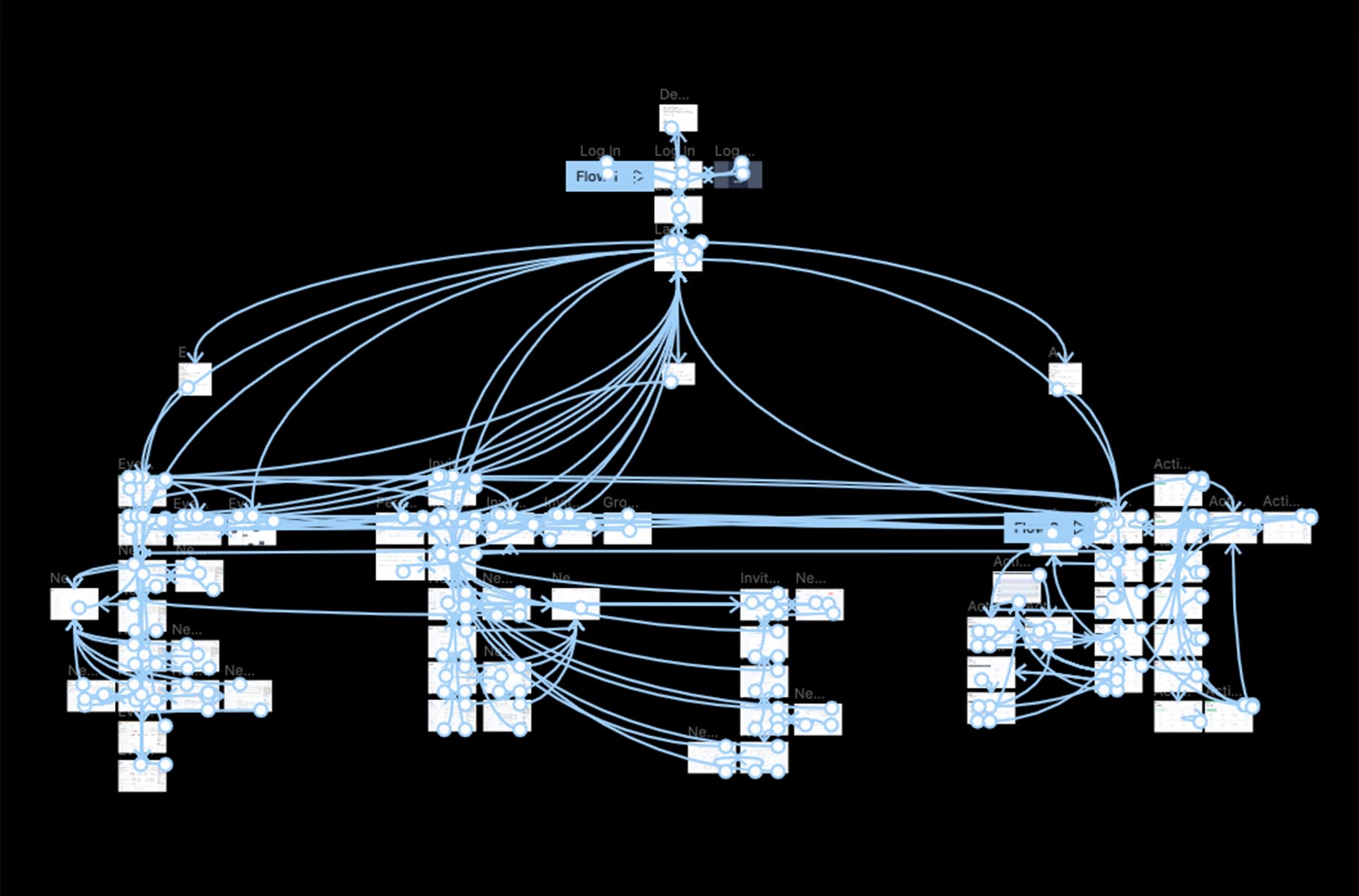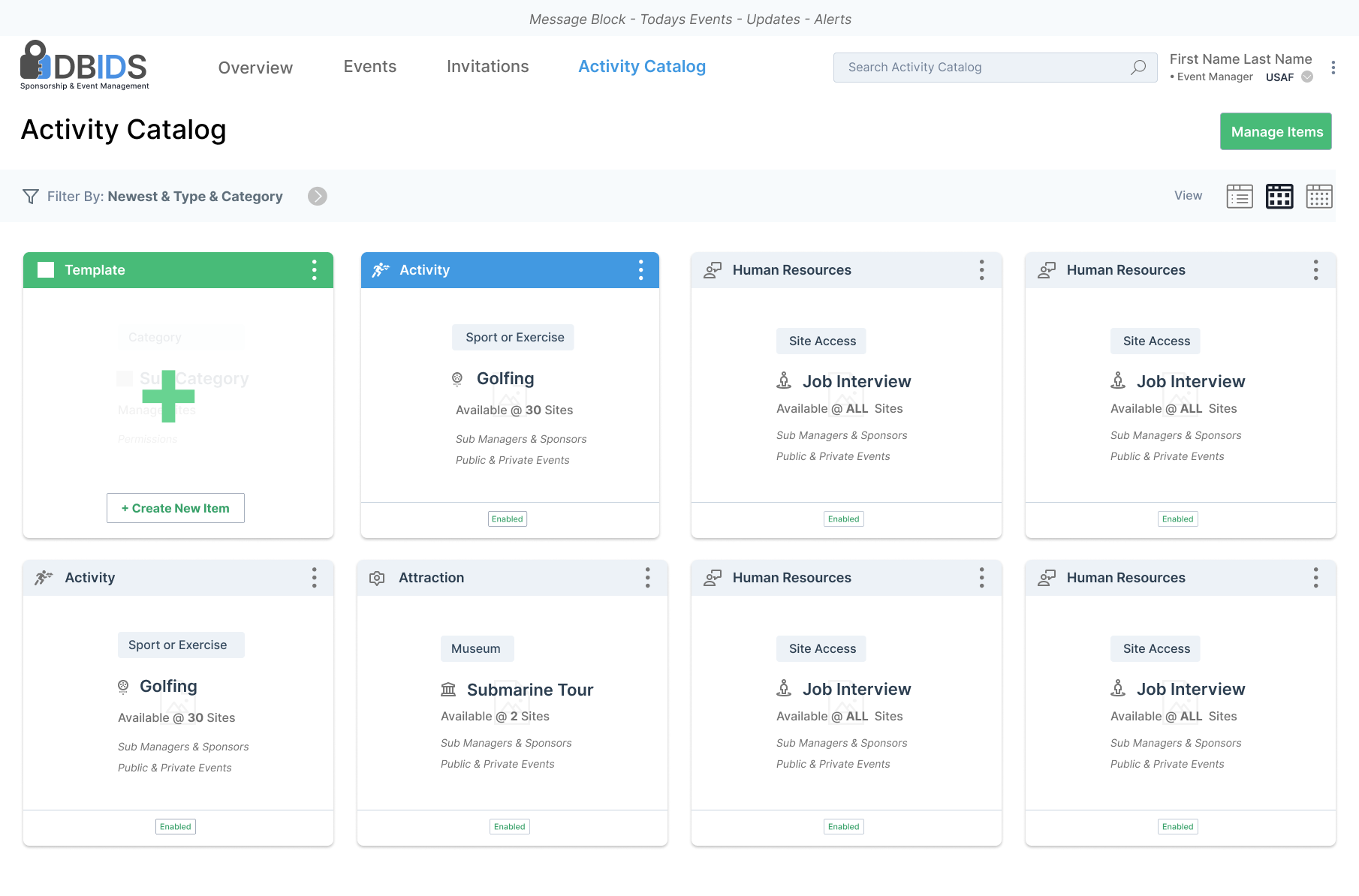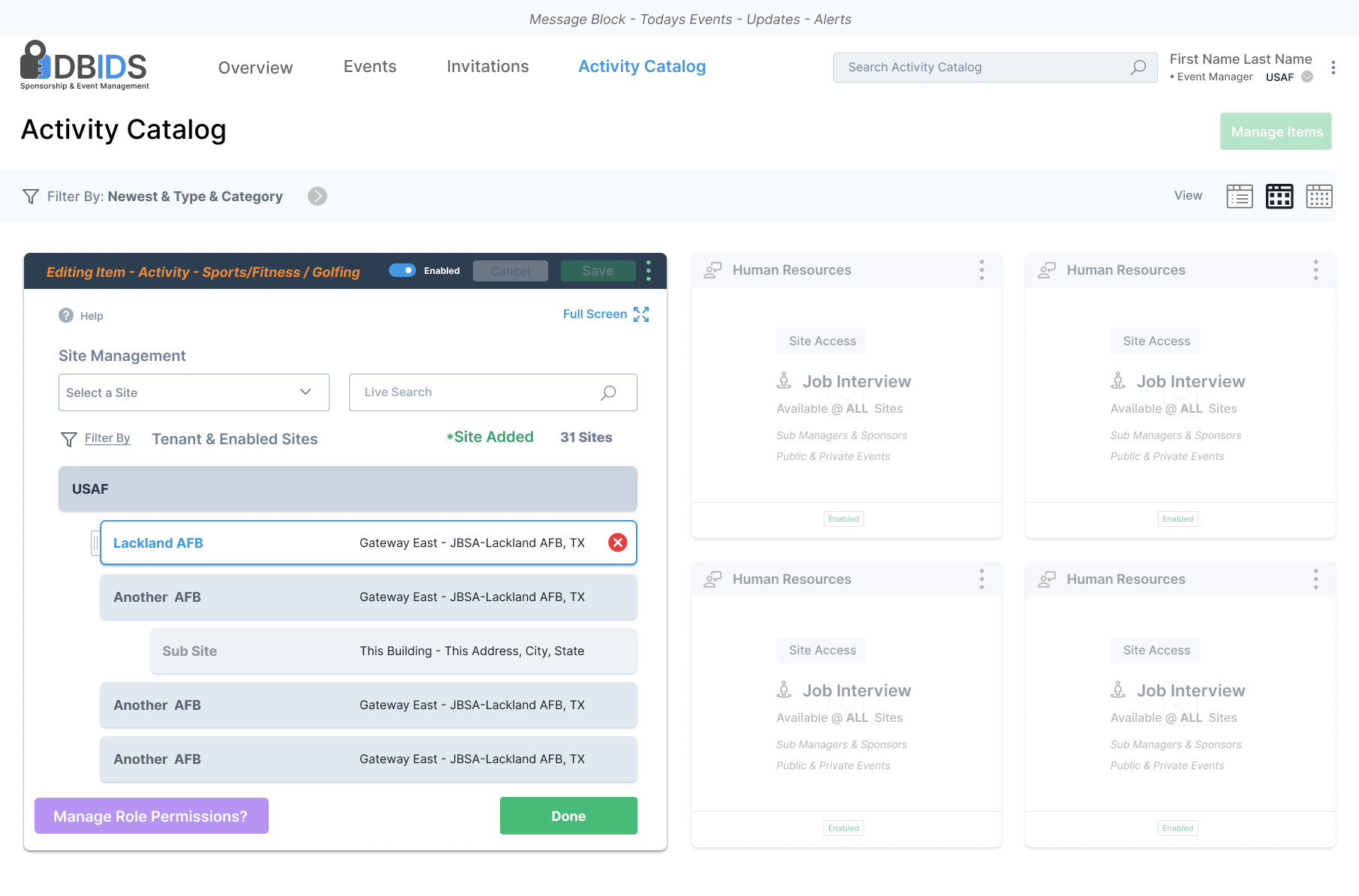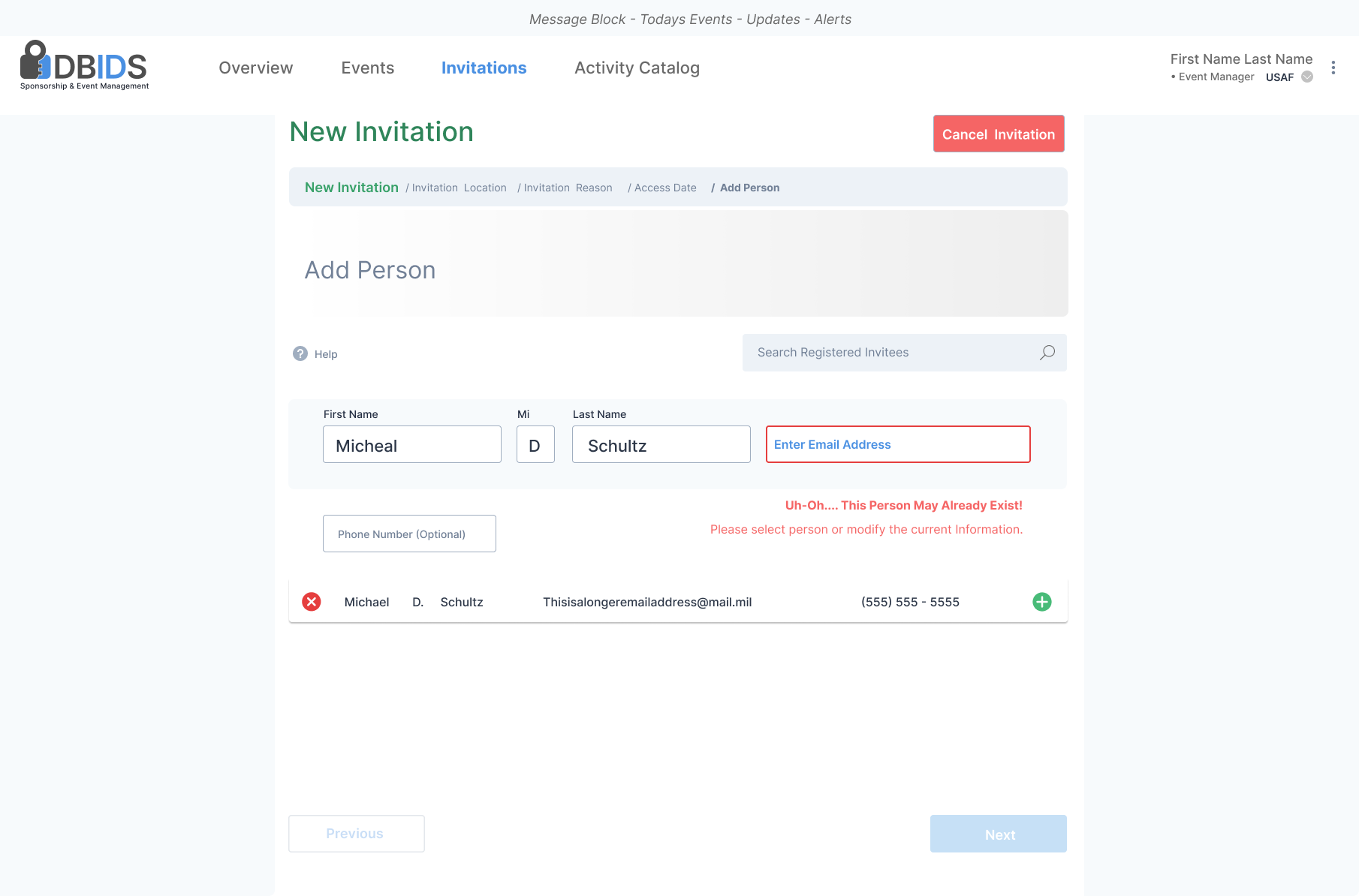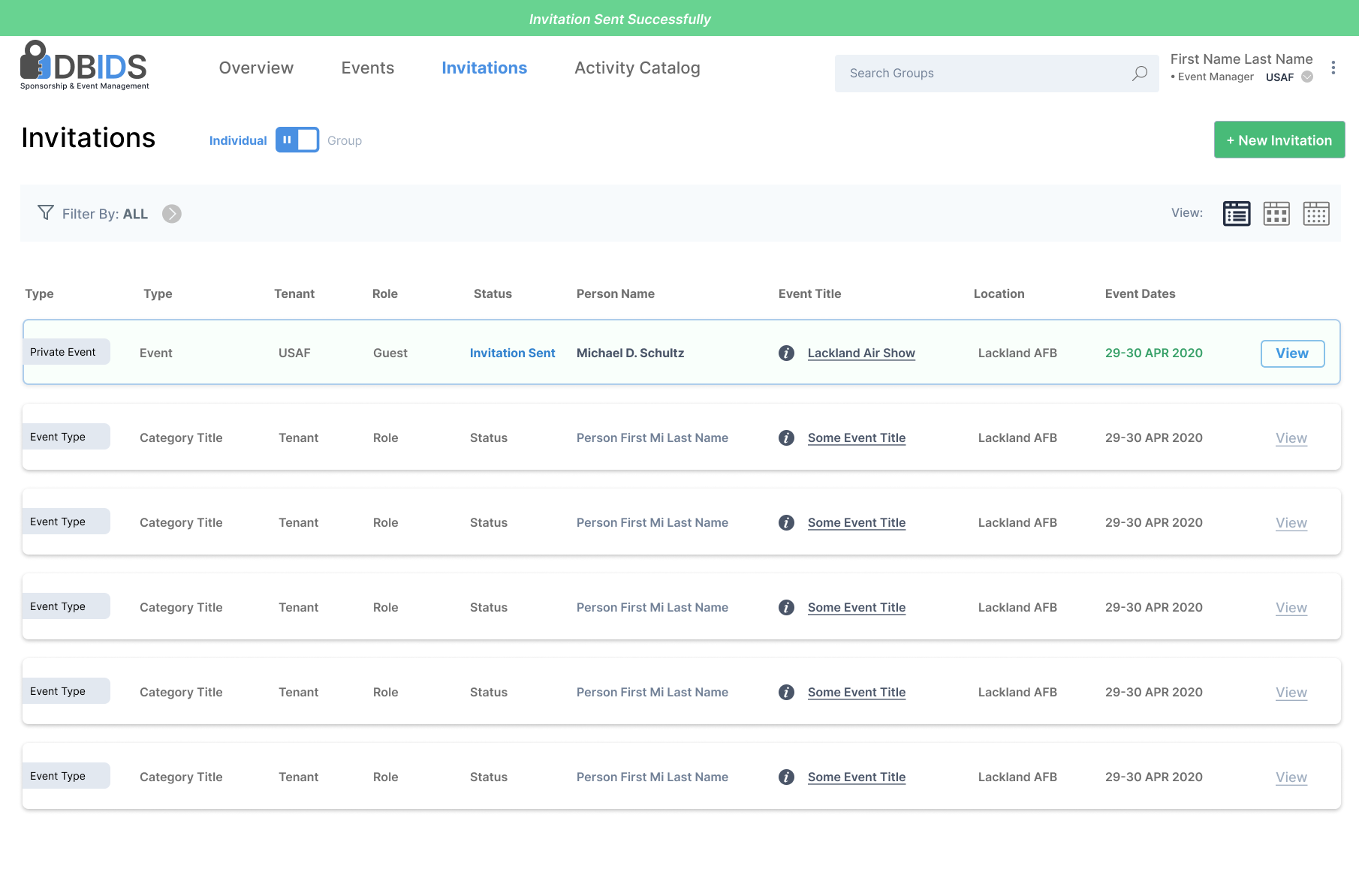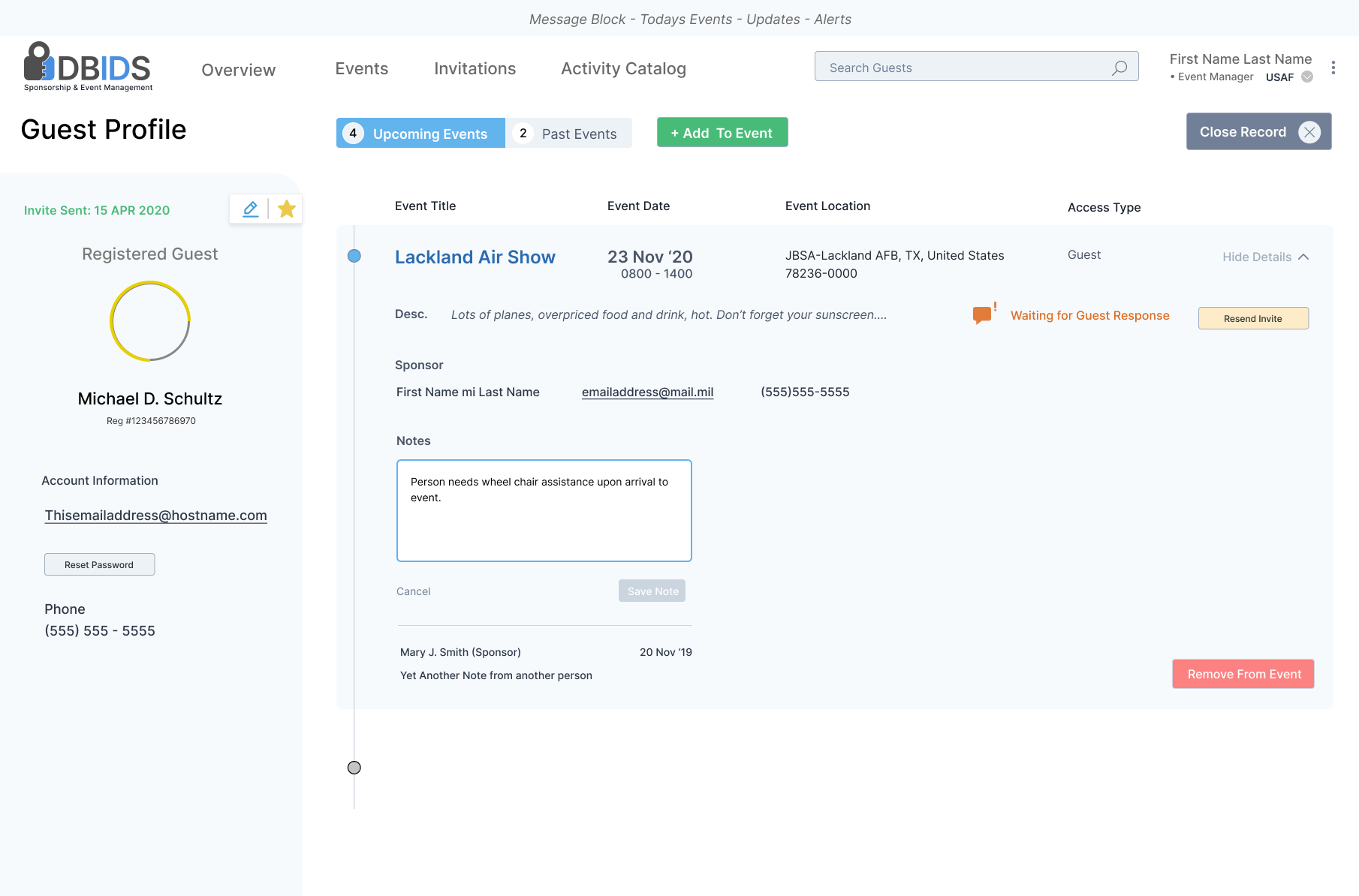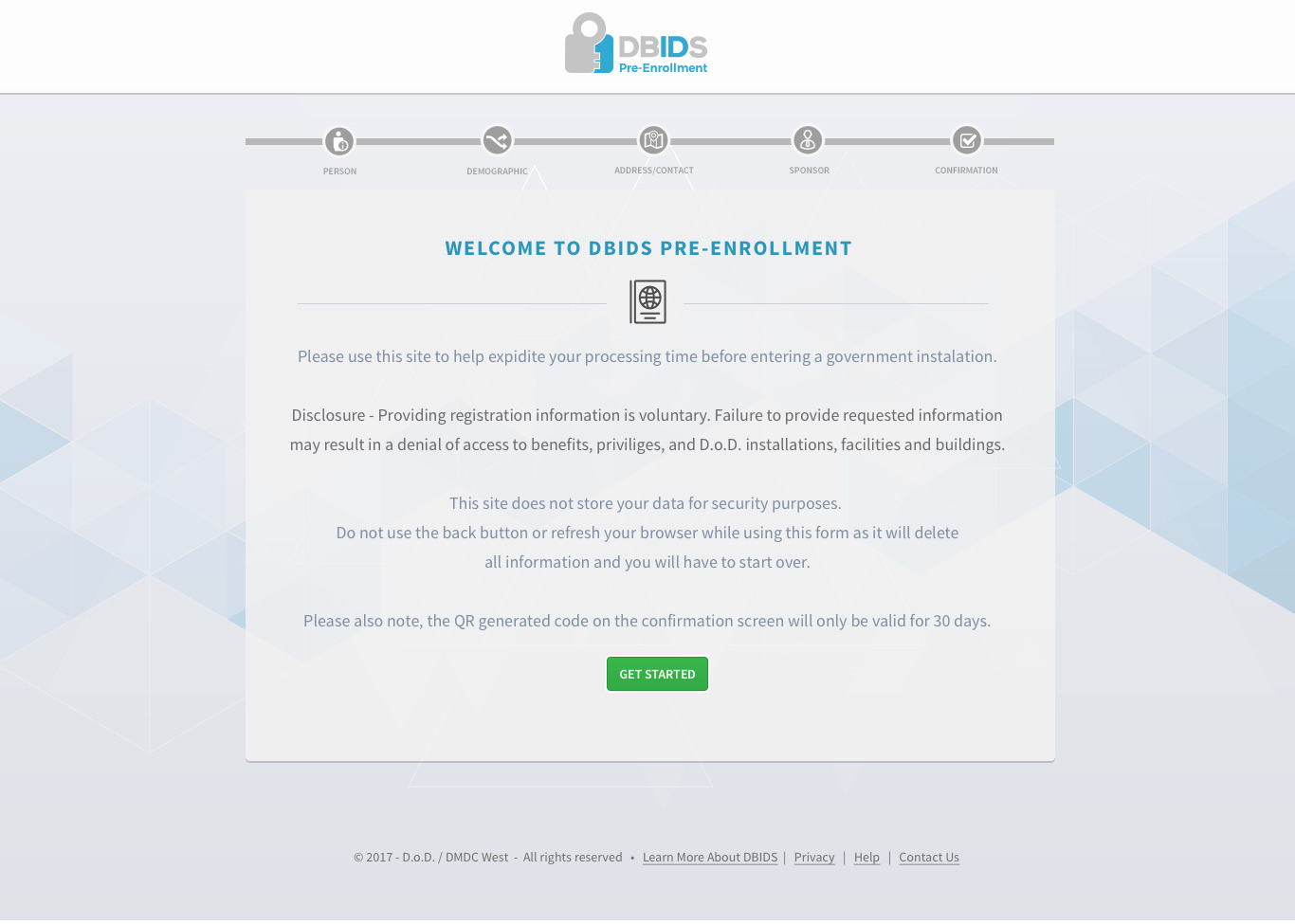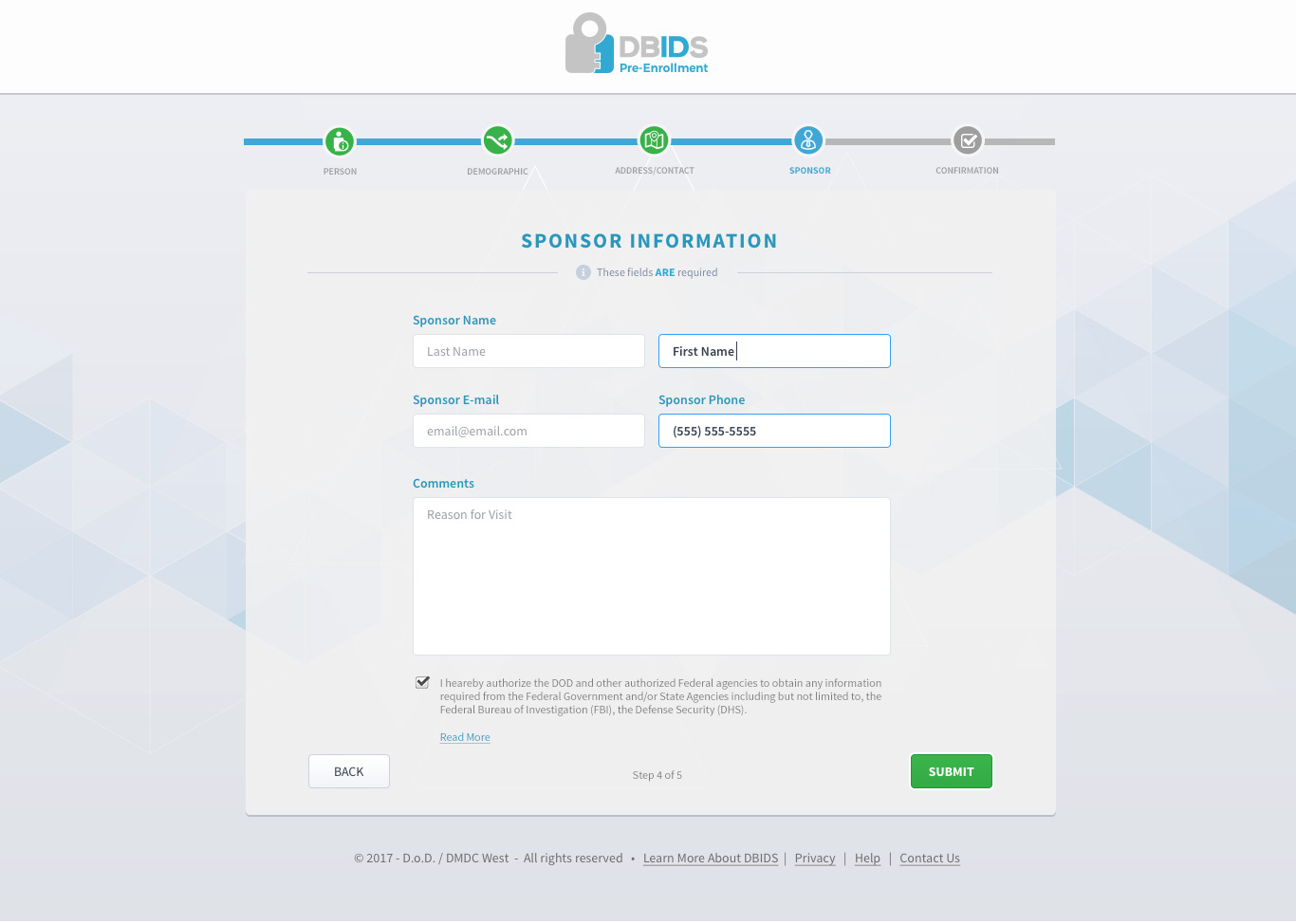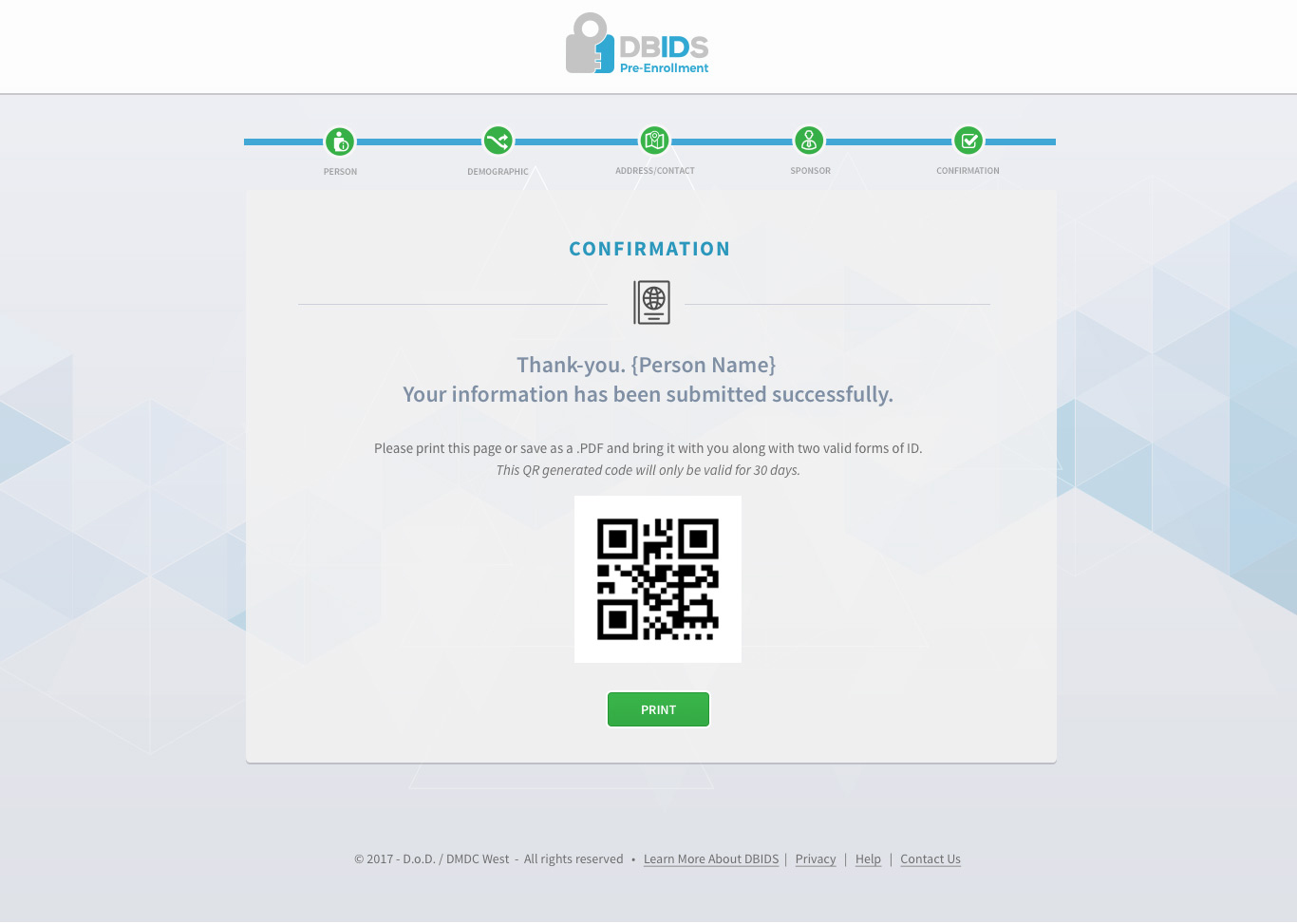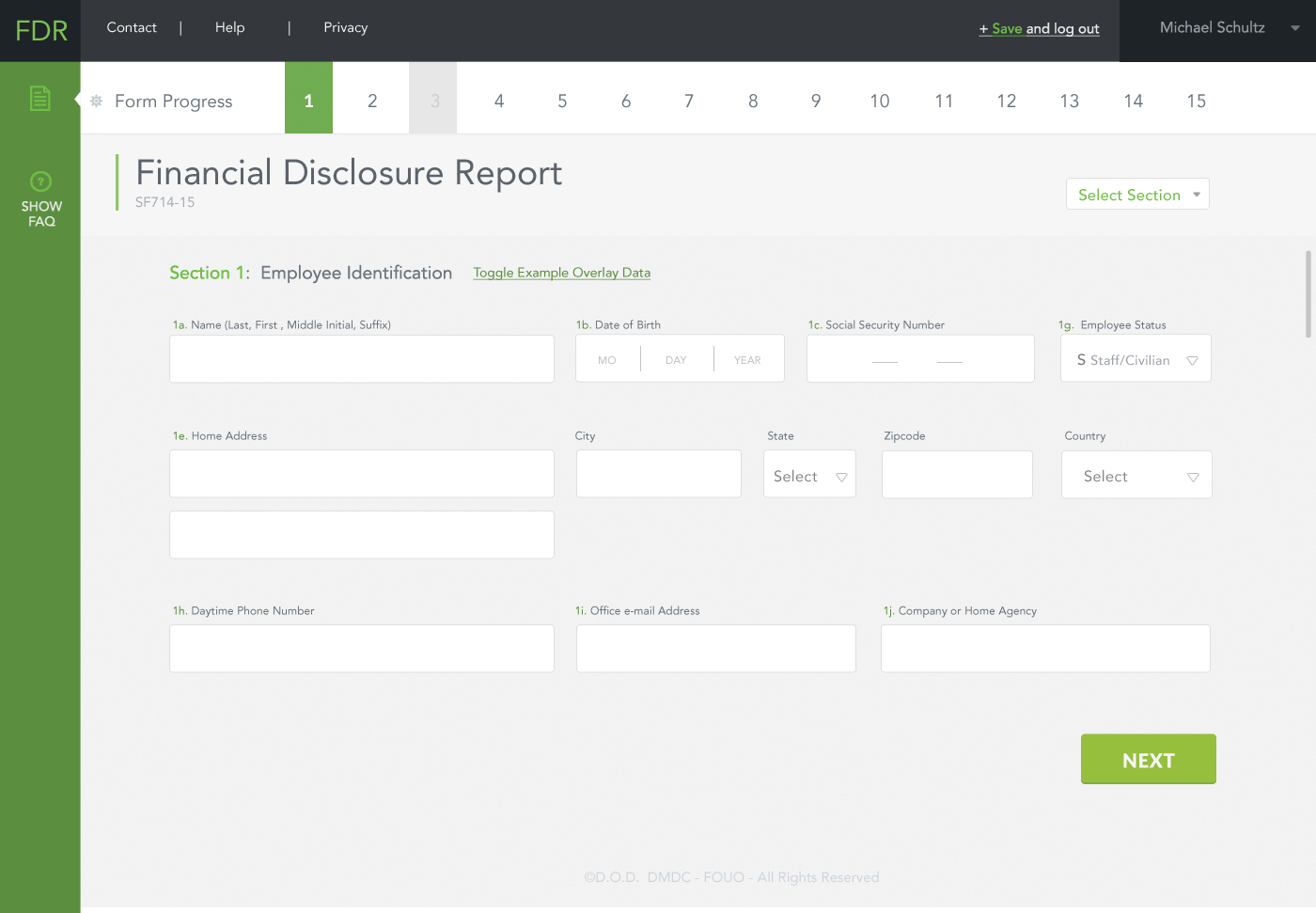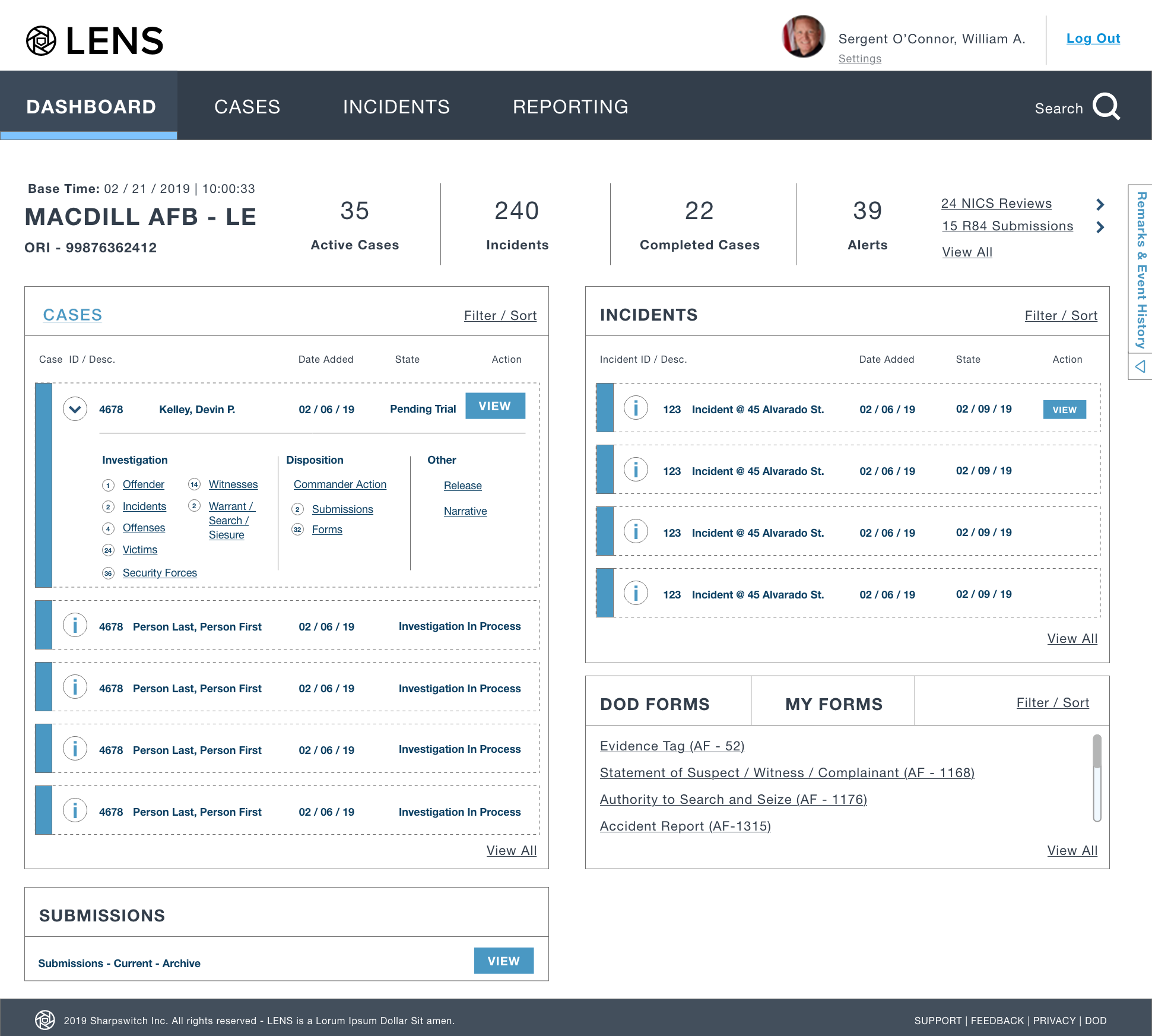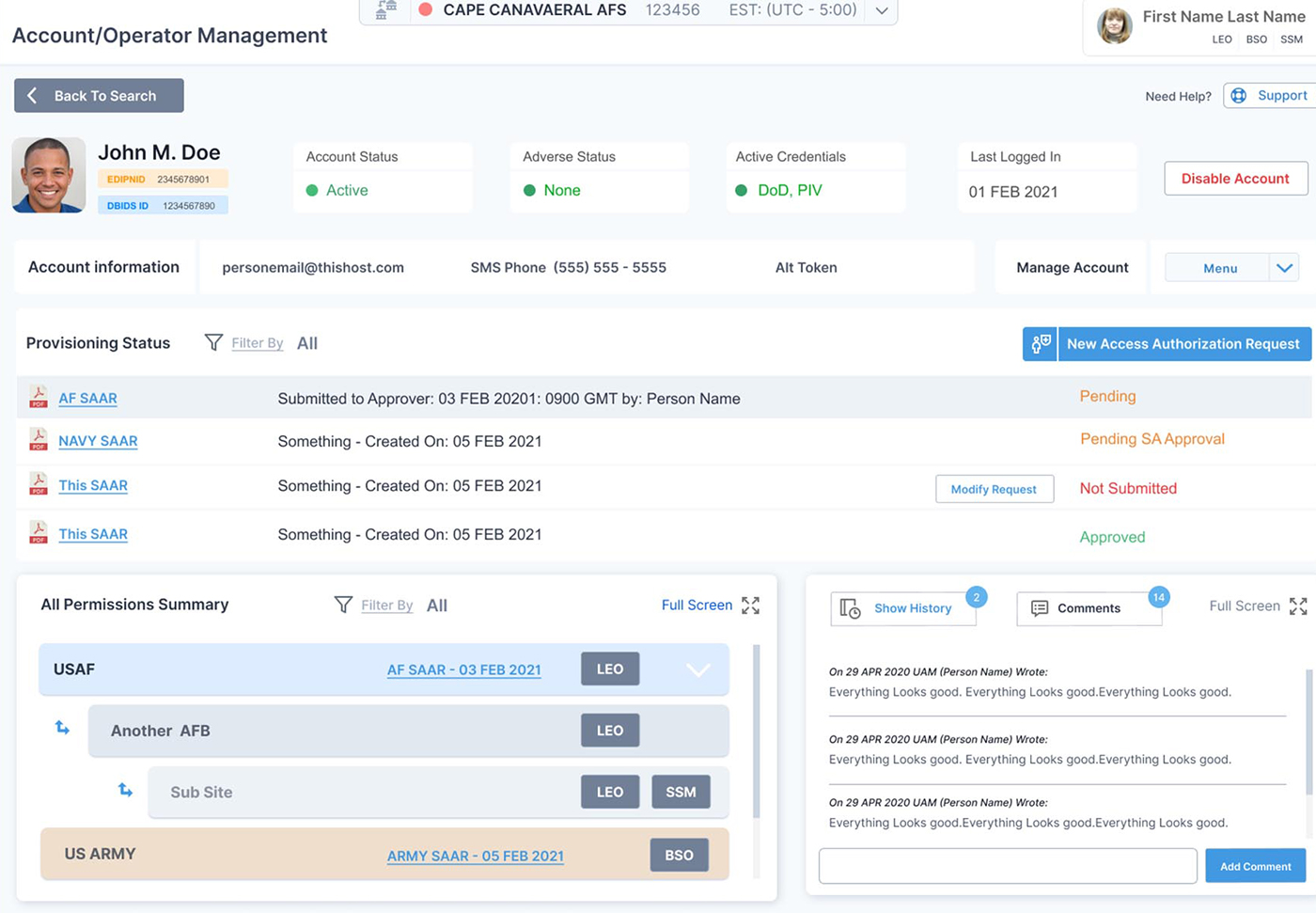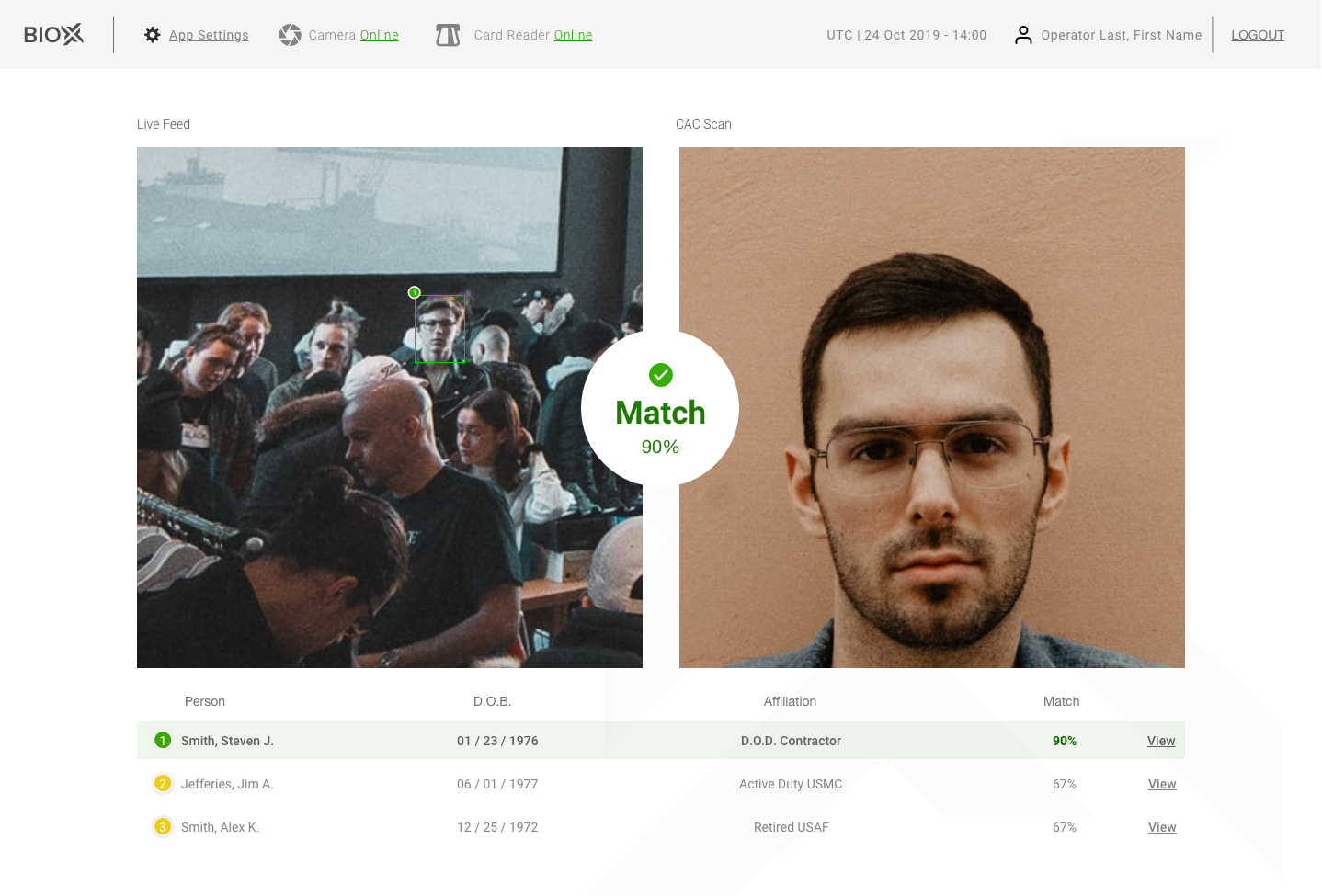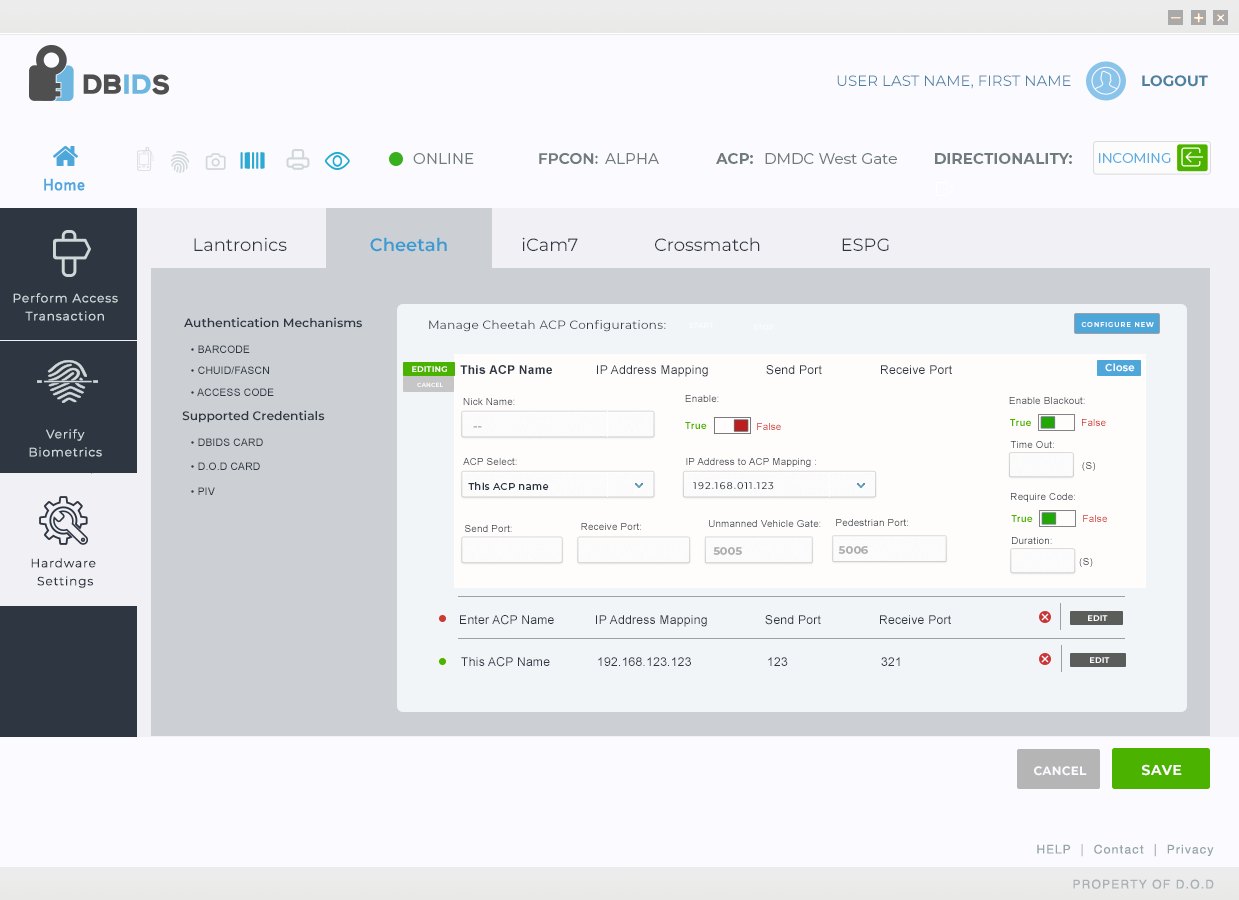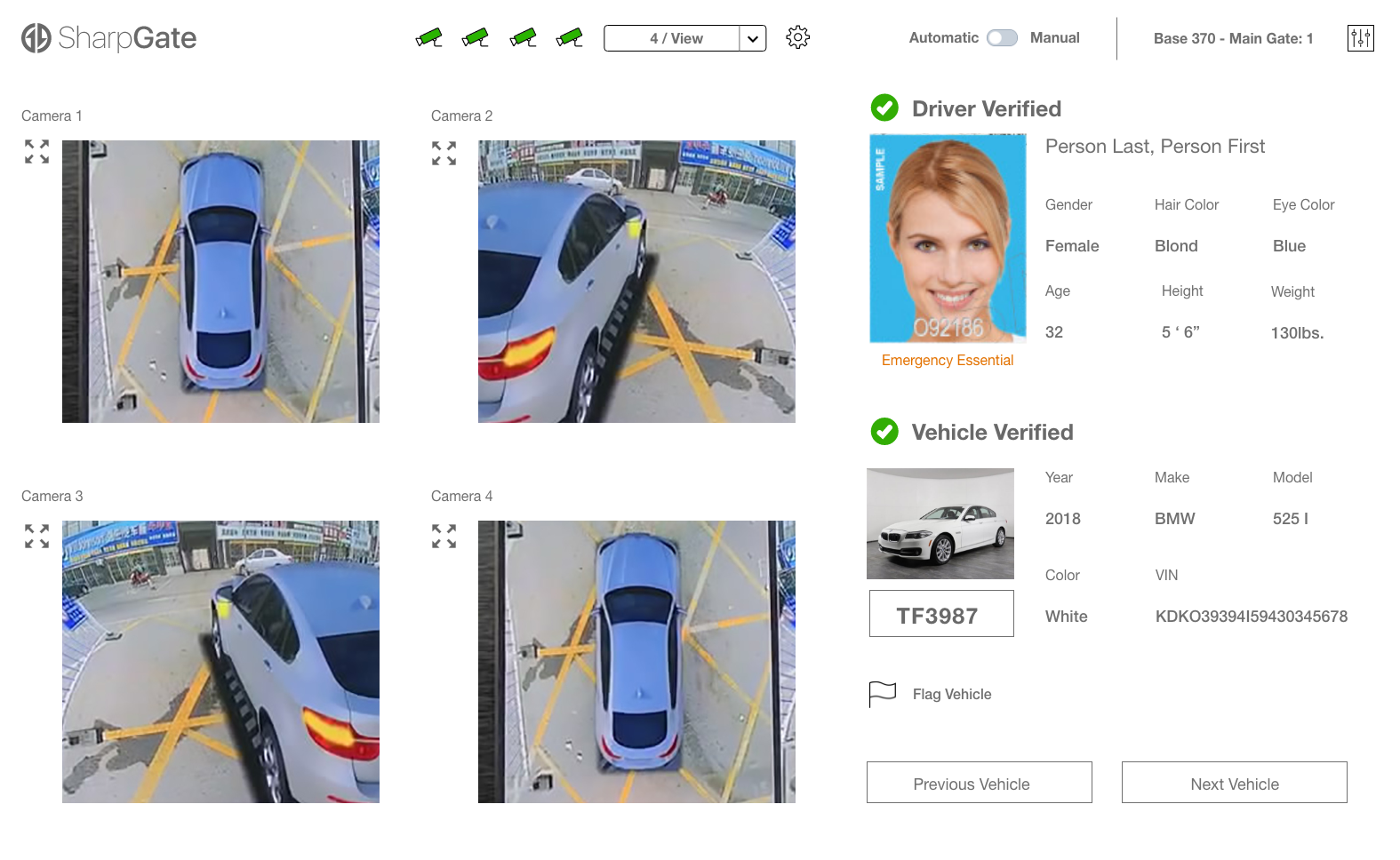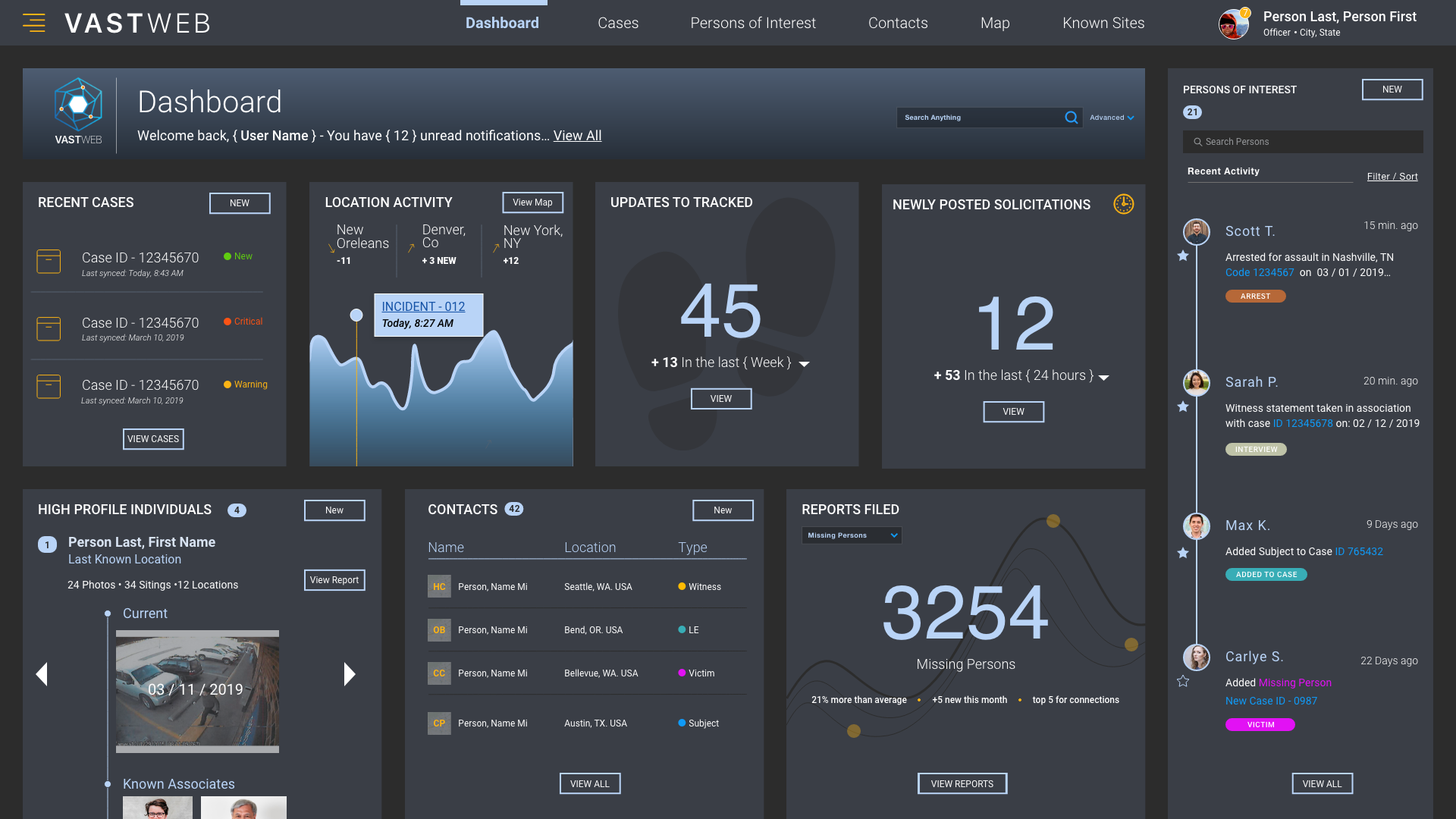
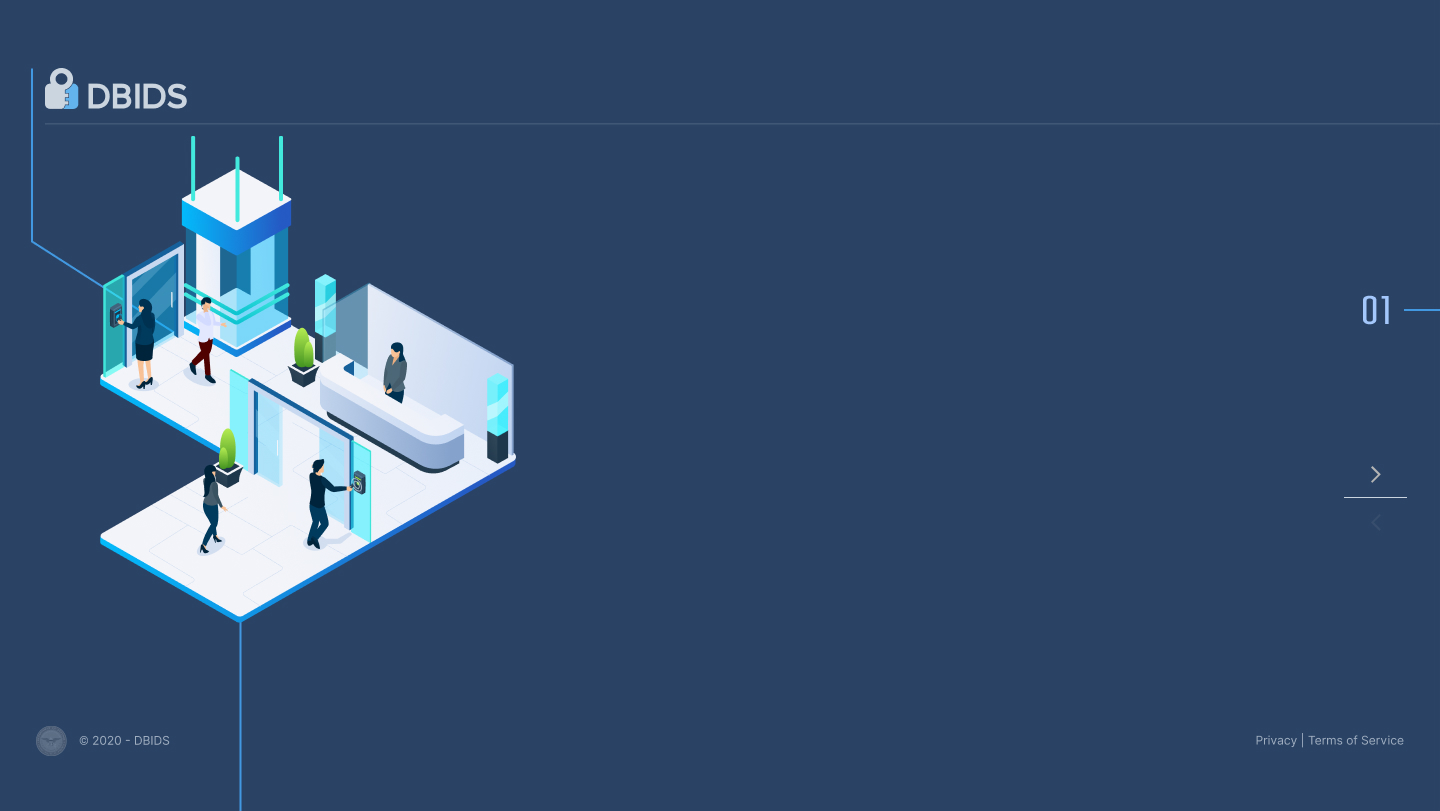
DBIDS 5.0 & Suite
-
ClientDepartment of Defense
-
Year2013-Present
-
RoleUX Director / Product Designer / Software Engineer
-
StatusOperational
Project Overview
Defense Manpower Data Center (DMDC), in conjunction with Global Connection to Employment and SharpSwitch, Inc., announced a major release of their identity management and physical access control software suite, Defense Biometric Identification System (DBIDS) v5. DBIDS 5 is the world's largest distributed physical access control system, securing US military and government installations around the globe. A highly-available system, DBIDS 5 continues to provide sub-second access decisions for controlled perimeters even when the installation's network connection is severed, thus enabling an installation to maintain its physical access security profile. Utilizing a combination of biometric and smart card-based cryptographic authentication at an installation's controlled perimeters, DBIDS 5 prevents unauthorized access attempts while also identifying people with law enforcement alerts.
Hands on:
- Project Management
- Product Design
- Interface Wires, Design and Iterations
- Information Architecture
- Tutorial/User Guide/Training
- Metric Tracking
- Admin Interface
- Device Field Testing
- Hardware Testing
- C# Software engineering .net platform
- Builds
- Q/A

Opportunity / Goals / Solutions
ODBIDS 4.0 UI was designed by engineers with little or no consideration for usability or design.
GEvolve the experience and design of a very poorly designed product for the operators that spent all day scanning and managing DOD personnel.
S DBIDS 5/6 ACW, Registration Workstation, Pre-Enrollment & Web Portal
Implementation
After reading and digesting the 400 page manual for about 5 months, I started with simple wire frames and designs for evolving and simplifying the extremely outdated UI
On going, direct government stakeholder, prime client communication and training material revisions continued through the rollout and quarterly releases. We would host DUGS (DBIDS user groups) to get feedback, suggestions and improvements and future feature requests.
My involvement with the C# / .net thick client releases, Angular web portal and Mobile/Desktop user pre-enrollment was minimal, however, I would jump into the code and make small UI changes until our team grew.
On going Next Gen explorations and prototypes were always in the background, hoping I could anticipate and encourage evolution across the teams. Devs, Q/A, Help Desk, Documentation, Training Materials, Ops, IA and the services.
SEM (Sponsorship & Event Management)
Validation/Feedback
DBIDS Products are in a perpetual state of shift and growth.
Direct interface with the high level "Operators" was nearly impossible, however, I was able to speak with Gate Guards 1 on 1 throughout the years in order to gain inside knowledge of problematic or cumbersome task management and operation. We can't fix operator error, but, we were able to mitigate most common mistakes through comprehensive training videos, documentation, and UI improvements.
Hardware issues would arise based on installation that were completely out of our control. For example, Wi-Fi disconnections and faulty Crossmatch devices.
DBIDS 4 was installed at a handful of installations in 2006. Today, DBIDS is operational at over 350 installations. DBIDS has successfully prevented several potential on base shootings by identifying individuals with adverse statuses and a trunk full of firearms and ammunition. (You won't find that information in the News.)
Conclusion/Reflection
- If you'd like to read more, please view my retrospective.

